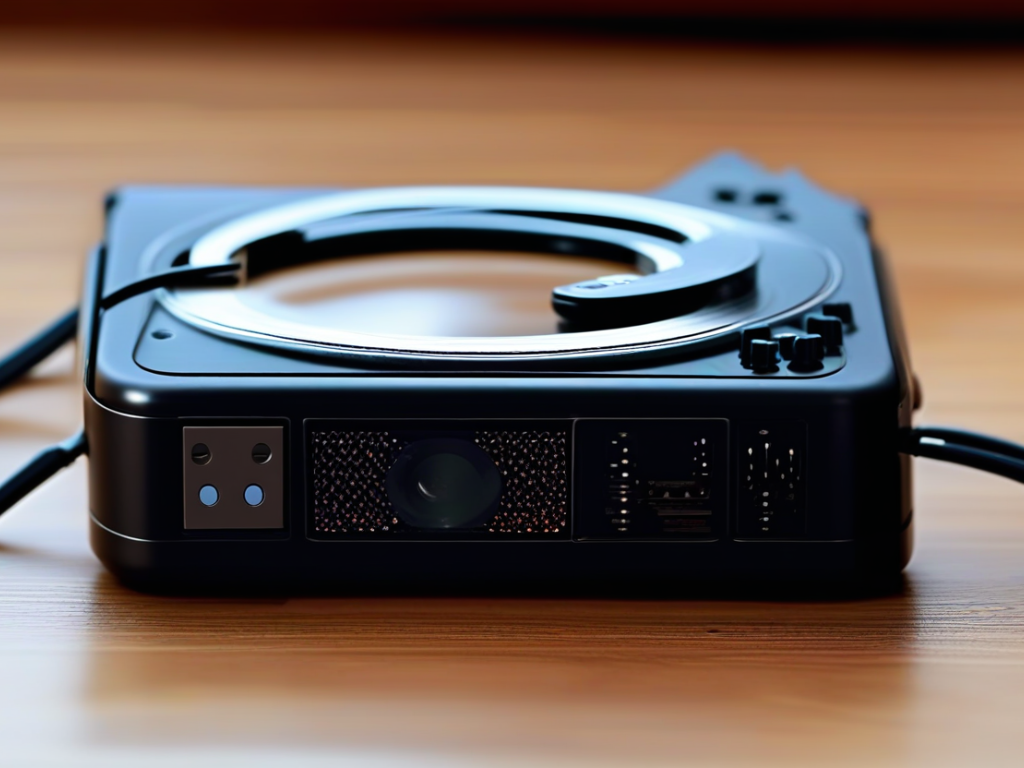In the world of audio, the music player you choose can profoundly impact your listening experience. With a plethora of options available, selecting the right music player can be a daunting task. From portable devices to desktop setups, each player comes with its set of features, quality standards, and performance capabilities. As an audio enthusiast with a deep understanding of music players and a passion for high-quality sound, let’s explore the key factors to consider when choosing the perfect music player for your needs.
In this article you will find:
- Understanding Audio File Formats
- Portable vs. Stationary Players
- Audio Quality and DACs
- Impedance and Headphone Matching
- User Interface and Ease of Use
- Wireless Connectivity and Streaming Options
- Battery Life and Storage Capacity
- Personalization and Additional Features
Understanding Audio File Formats
Before delving into music player options, it’s crucial to understand audio file formats. Common formats include MP3, FLAC, WAV, and AAC, each with its compression levels and quality. For audiophiles seeking uncompromised sound quality, lossless formats like FLAC are preferred. Ensure your music player supports the file formats you use most frequently to avoid compatibility issues.
Portable vs. Stationary Players
Portable music players offer on-the-go convenience, while stationary players provide a more robust audio experience. Consider your lifestyle and usage patterns to determine whether a portable device like the Astell & Kern A&ultima SP2000 or a stationary player like the Chord Electronics Hugo TT 2 suits your needs best.
Audio Quality and DACs
Digital-to-Analog Converters (DACs) play a crucial role in converting digital audio signals into analog sound. High-quality DACs result in clearer, more detailed audio reproduction. Look for music players with premium DACs like the ESS Sabre series or AKM converters for an exceptional listening experience.
Impedance and Headphone Matching
Matching headphone impedance with your music player is essential for optimal audio output. Lower impedance headphones pair well with portable players, while high-impedance headphones benefit from stationary setups with ample power output. Research the impedance ratings of your headphones and player to ensure compatibility.

User Interface and Ease of Use
A user-friendly interface enhances the overall music playback experience. Touchscreens, intuitive navigation, and customizable settings simplify operation and navigation. Players like the Sony NW-A105 Walkman with its responsive touch display offer seamless user interaction.
Wireless Connectivity and Streaming Options
With the rise of streaming services, wireless connectivity is a key feature to consider in modern music players. Bluetooth, Wi-Fi, and streaming app integration enable access to a vast library of music. Look for players like the HiBy R6 Pro that support popular streaming platforms for added versatility.
Battery Life and Storage Capacity
Long battery life ensures uninterrupted listening sessions, especially for travel or extended use. Consider players with ample storage capacity or expandable memory options for storing your music library. Devices like the FiiO M11 Pro offer both generous battery life and storage flexibility.
Personalization and Additional Features
Personalization features such as customizable EQ settings, audio enhancements, and firmware updates can enhance your music player’s versatility over time. Explore players like the iBasso DX220 MAX, known for its extensive customization options and ongoing software support.
By considering these crucial factors – audio file formats, player type, audio quality, user interface, connectivity, battery life, and personalization – you can make an informed decision when selecting your ideal music player. Whether you prioritize portability, audio fidelity, or advanced features, the right music player can elevate your listening experience to new heights. With a vast array of options available, choose wisely and immerse yourself in the world of high-fidelity audio.

